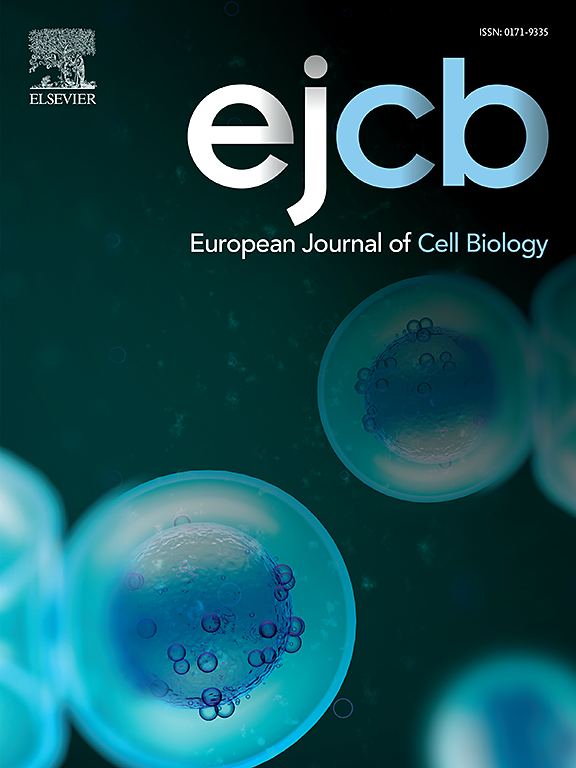具有开放根尖表面的肠道类器官技术的创新。
IF 4.3
3区 生物学
Q2 CELL BIOLOGY
引用次数: 0
摘要
由于三维(3D)技术的发展“微型肠道”培养系统,成体干细胞衍生的类器官技术迅速发展,提供了复制多个器官关键细胞、分子和生理特性的体外模型。3D肠道类器官系统解决了许多与永生化或癌细胞培养相关的长期挑战,为胃肠发育和疾病建模提供了无与伦比的能力。然而,重大的限制仍然存在,包括研究宿主-微生物相互作用的上皮顶端表面的可及性受限,由于频繁的通过和解离而中断慢性胃肠道疾病的建模,以及缺乏对器官发育和功能至关重要的机械提示,如蠕动和管腔流动。为了应对这些挑战,最近的进展已经引入了基于transwell的单层培养和基于微流体装置的技术,包括“器官芯片”和支架引导的“迷你肠道”系统。本文综述了这些创新,重点介绍了具有开放根尖表面的成体干细胞来源的肠道类器官模型,并讨论了它们在推进基础研究和临床应用方面的前景和挑战。本文章由计算机程序翻译,如有差异,请以英文原文为准。
Innovations in intestinal organoid technology featuring an open apical surface
Since the development of the three-dimensional (3D) “mini-gut” culture system, adult stem cell-derived organoid technology has rapidly advanced, providing in vitro models that replicate key cellular, molecular, and physiological properties of multiple organs. The 3D intestinal organoid system has resolved many long-standing challenges associated with immortalized or cancer cell cultures, offering unparalleled capabilities for modeling gastrointestinal development and diseases. However, significant limitations remain, including restricted accessibility to the epithelial apical surface for studying host-microbe interactions, interruptions in modeling chronic gastrointestinal diseases due to frequent passaging and dissociation, and the absence of mechanical cues such as peristalsis and luminal flow, which are critical for organ development and function. To address these challenges, recent advancements have introduced Transwell-based monolayer cultures and microfluidic device-based technologies including “organ-on-a-chip” and scaffold-guided 'mini-gut' system. This review highlights these innovations, with a focus on adult stem cell-derived intestinal organoid models that feature an open apical surface and discusses their prospects and challenges for advancing basic research and clinical applications.
求助全文
通过发布文献求助,成功后即可免费获取论文全文。
去求助
来源期刊

European journal of cell biology
生物-细胞生物学
CiteScore
7.30
自引率
1.50%
发文量
80
审稿时长
38 days
期刊介绍:
The European Journal of Cell Biology, a journal of experimental cell investigation, publishes reviews, original articles and short communications on the structure, function and macromolecular organization of cells and cell components. Contributions focusing on cellular dynamics, motility and differentiation, particularly if related to cellular biochemistry, molecular biology, immunology, neurobiology, and developmental biology are encouraged. Manuscripts describing significant technical advances are also welcome. In addition, papers dealing with biomedical issues of general interest to cell biologists will be published. Contributions addressing cell biological problems in prokaryotes and plants are also welcome.
 求助内容:
求助内容: 应助结果提醒方式:
应助结果提醒方式:


